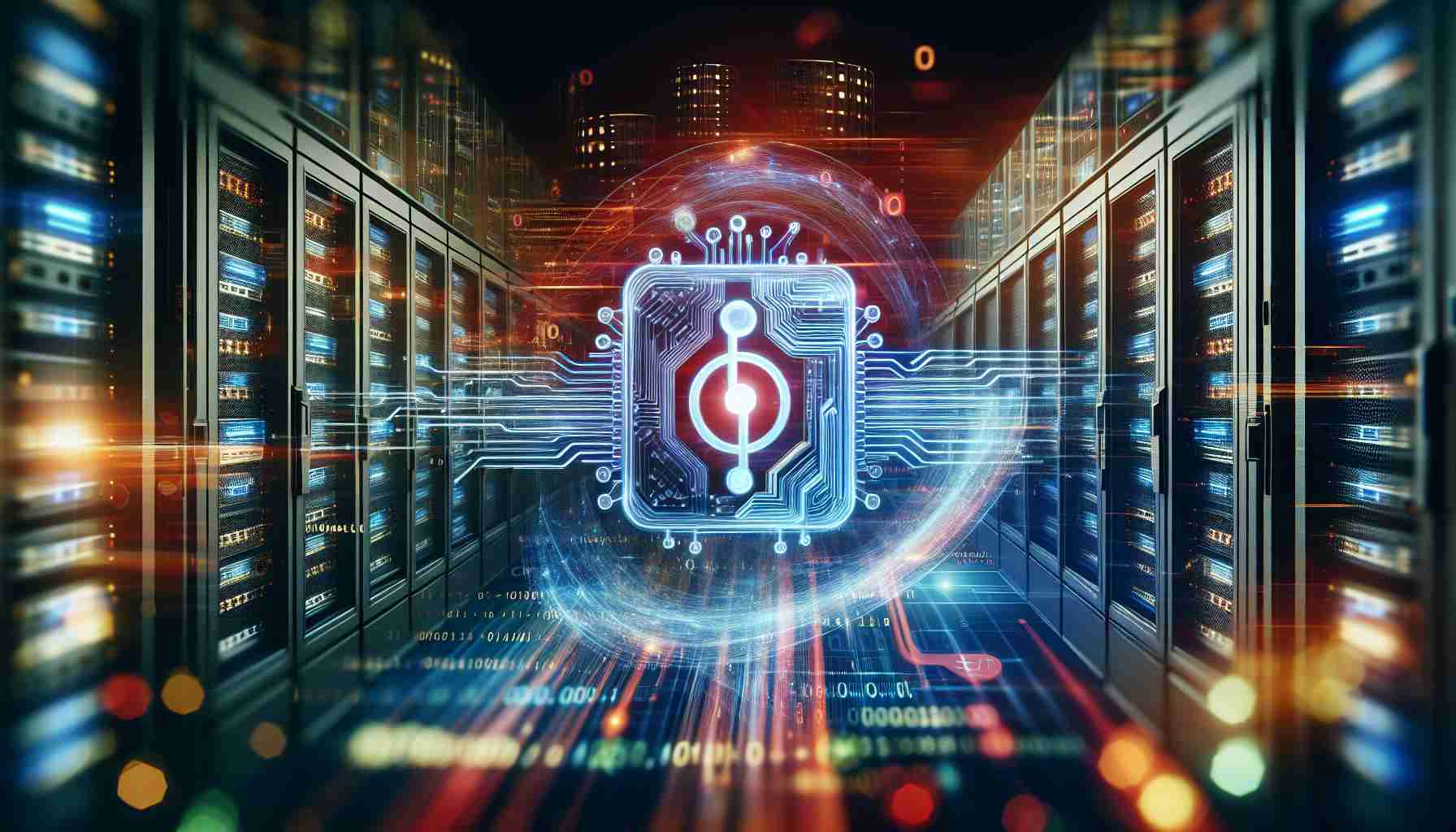As the curtain falls on the Q3 earnings season, all eyes are on the AI powerhouse, Nvidia (NVDA), which is set to announce its results after the market’s close on Wednesday. Meanwhile, Advanced Micro Devices (AMD), a major player in the tech arena, recently revealed impressive growth in its Q3 report, hinting at strong AI and gaming trends.
Advanced Micro Devices (AMD) Shines with Record Gains
AMD reported a significant 31% increase in earnings per share (EPS), driven by a 17% rise in sales. This growth was further bolstered by improved profit margins, with the gross margin expanding to 54% from 47% in the previous year. The standout performer was the Data Center segment, achieving a quarterly record with $3.5 billion in revenue, reflecting a staggering 122% increase from last year. These figures underscore the robust demand for AI technologies, a trend that is familiar to market watchers.
The market’s reaction to AMD’s report was muted despite the positive Data Center results. Analysts have downwardly adjusted their earnings expectations, influenced by disappointing sales forecasts, leading to a cautious stance from investors.
Nvidia Poised for Another Strong Performance
Investors are anticipating a strong performance from Nvidia’s Data Center division, with projections suggesting nearly 100% year-over-year growth. In previous quarters, Nvidia has consistently surpassed expectations, reaffirming its leadership in the AI space. Analysts and investors alike are keenly awaiting the guidance Nvidia provides in its upcoming report, which could significantly influence market sentiment.
In the fast-evolving AI sector, both AMD and Nvidia continue to capture investors’ attention, as they navigate the dynamic landscape through strategic innovation and strong execution.
Is the AI Boom a Double-Edged Sword for Tech Companies?
As AMD and Nvidia showcase groundbreaking advances in artificial intelligence (AI) and data center technologies, it’s essential to explore the broader implications these developments have on people, communities, and economies. Beyond the staggering revenue figures and impressive growth rates, the AI revolution brings with it a complex tapestry of benefits and challenges.
The Bright Side of AI Innovations
It’s undeniable that companies like AMD and Nvidia play a pivotal role in shaping the future of technology. By pushing the boundaries of AI, they spur innovations that have far-reaching positive impacts:
– Healthcare Advancements: AI technologies have the potential to revolutionize diagnostics and treatment plans, improving patient outcomes and reducing costs. Machine learning algorithms can analyze medical data more quickly and accurately than humanly possible.
– Efficiency in Business: AI automates routine tasks, freeing up human resources for more complex work, thereby enhancing productivity. This shift could lead to more satisfying job roles and significant economic gains.
– Tech Startups and Job Creation: The AI boom has given rise to numerous tech startups, fostering job creation and economic diversity. As more sectors integrate AI, a new wave of employment opportunities arises.
The Dark Underbelly of Rapid AI Growth
However, the AI surge also brings concerns that need addressing:
– Privacy Concerns: As AI systems become more sophisticated, they can collect and analyze vast amounts of personal data, raising significant privacy issues. How can individuals safeguard their information in an AI-driven world?
– Job Displacement: While AI creates jobs, it also threatens to automate many roles, potentially leading to unemployment in certain sectors. Are education and retraining programs keeping pace with this shift?
– Ethical Considerations: The AI industry must tackle ethical questions, such as bias in algorithms and the ethical use of AI in surveillance. Who is responsible when an AI system fails or causes harm?
Exploring the Global Impact
AI’s influence stretches beyond corporations; it reshapes communities and countries:
– Economic Inequality: Nations at the forefront of AI innovation may significantly outpace others, leading to widened economic disparities. How can global policy ensure equitable technology distribution?
– Educational Imperatives: There’s increasing pressure on educational institutions to prepare students for an AI-driven world. This necessitates a transformation in curricula to include data science, AI ethics, and machine learning.
Controversies and Debates
The rapid pace of AI development also invites controversy. Debates revolve around regulatory approaches, the potential for AI to bypass existing laws, and the balance between innovation and security.
Advantages and Disadvantages: Navigating the Balance
In weighing the pros and cons of AI growth, it’s evident that this technological revolution contains both promise and peril. Companies like AMD and Nvidia are at the helm of this transformation, but it falls upon society collectively to steer the outcome toward positive, inclusive advances.
The future of AI holds numerous possibilities, both exciting and daunting, and it will take concerted effort from multiple sectors to harness it responsibly.
For more insights on the evolving AI landscape, visit nvidia.com or amd.com. These sites offer valuable information regarding technological advancements and company-specific developments in AI.























